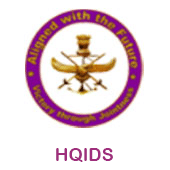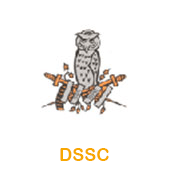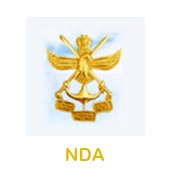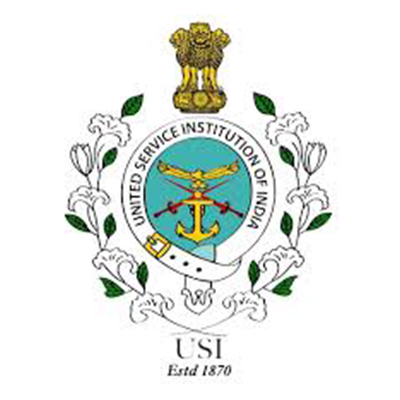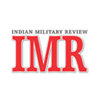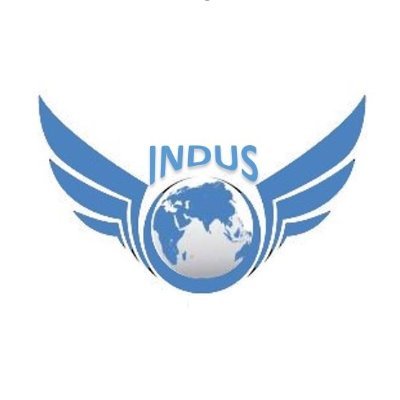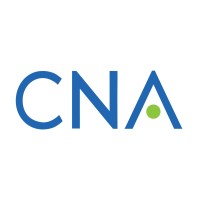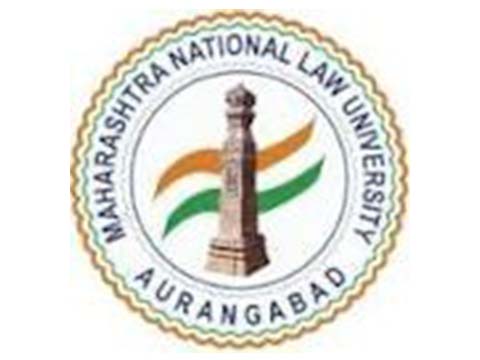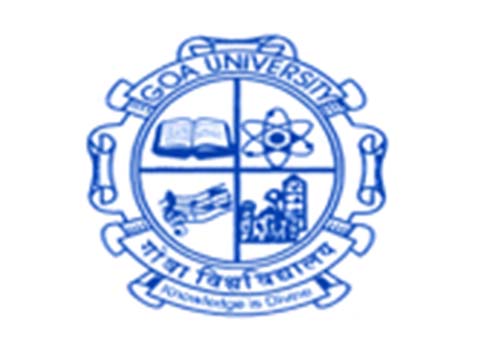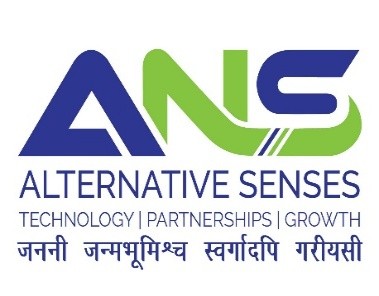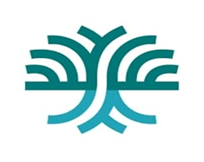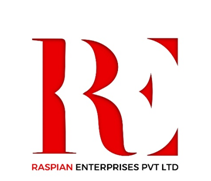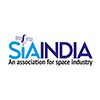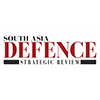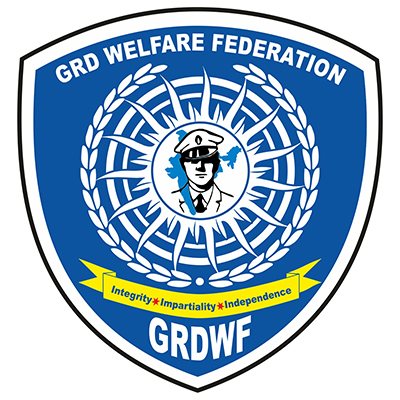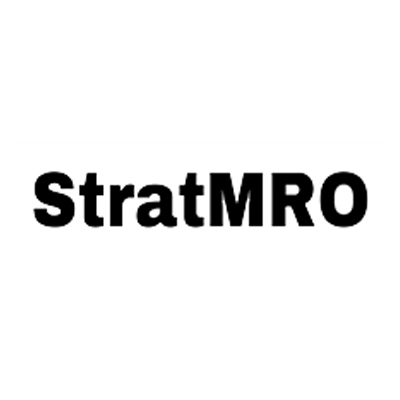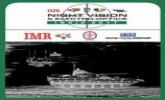
Seminar | 10-Feb-2017
Seminar | 17-18 Jan 2017
Night Vision And Electro Optics India 17-18 Jan 2017
DAY 1: (17 JAN 2017)
INAUGURAL SESSION
1. Welcome Address. Lt Gen Vinod Bhatia, PVSM, AVSM, SM (Retd), Director CENJOWS, welcomed the chief guest and all participants in the seminar. He said that the aim of the seminar was to give a common platform to all stakeholders in building night vision capability of the Armed Forces. Interaction with troops on the frontline has revealed that Night Vision Devices are lacking both in terms of quantity and quality, as shown by the recent attack on the Uri Camp. He informed the house that scaling of NVDs for Indian Army was finalized during his tenure as DGMO and it involved a colossal amount of funds amounting to about Rs 36,000/- Cr. However he stressed that despite the high cost, these devices are required urgently for achieving optimal surveillance capabilities and hoped that the soldier would get the required night vision capabilities that he requires to perform optimally in battle.
2. Inaugural Address. Dr G Satheesh Reddy, Scientific Advisor to the Defence Minister, delivered the Inaugural address. He spoke about the current situation in the country regarding night vision devices. He informed that BEL is not getting any new orders for night vision devices due to quality concerns of users including Andhra Pradesh Police. Though BEL has committed that better quality II tubes will be available by Jun 2017, the private industry is also coming into this field in a big way. As far as Thermal Imaging (TI) Systems are concerned we are still dependent on import from countries like Israel and France and there is more competition internationally now. Highlighting the two options for development of night vision devices in India he said that the first option was to set up facilities for the same which is likely to cost more than Rs 1500/- Cr, necessitated getting details of sensor technology, and then required a continuous upgrade of this technology. The second option was to provide funding and develop technology through a foreign vendor. He highlighted that to sustain the industry we need to have the ability to export to other countries at a competitive price and quality. He finally said that he expected the seminar to give a road map for research, development, investment and production of night vision devices and he was looking forward to the recommendations on the same.
3. Keynote Address. Lt Gen Subrata Saha, UYSM, YSM, VSM**, Deputy Chief of Army Staff (P&S), delivered the keynote address. He brought out the gaps in our surveillance capabilities and congratulated the organizers for organizing the seminar on an issue regarding which there was little awareness. He highlighted the necessity to share concerns of the army with academia and the industry. He informed that collaboration with large number of industries, including large number of MSMEs and eight academic institutes, including two IITs, is already underway. Scholars and representatives of industry have been taken to operational areas to get a first hand view of the requirements. The Army Design Bureau has come up recently and they have put out a compendium of problems to which the army seeks solutions which is available on the Indian Army web page. Industry and DRDO must come up with indigenous solutions
for these problems. The long term vision is to achieve a capability of developing night vision devices in the next 10 years and to transform from an importer of NVDs to an exporter. He stressed that once the scaling is complete, the country will be a huge market for NVDs and that should be an incentive for the industry to become a driver in this technology on the world stage. He finally assured the industry that the requirement will not dry up as there will be phasing in procurement and there will be constant upgrading requirement with the advancement technology.
4. Industry Perspective. Mr Ankit Kumar, CTO, Tonbo Imaging said that they had gained a lot of perspective on the requirements of army through first hand interaction and this needs to translate into product development. He highlighted that the ToT route may not be ideal as it does not cater for evolving technology and success in this area will only be achieved once basic fundamentals are strong. He informed that Tonbo industries is trying to incorporate these fundamentals into their night vision technology development.
5. Industry Perspective. Mr Rahul Choudhary, CEO, Tata Power SED, said that the general rules of business do not apply to defence as it is a strategic sector. He highlighted that the technology and equipment of night vision is closely guarded by western countries, but TATAs have invested in R&D and they are selling night vision equipment to police involved in anti naxal operations. He emphasized that industrial capacity cannot be built if we keep on going back to the public sector for solutions in spite of the industry having the capability to fulfil our requirements. The need of the hour is to get into mission mode and create national capability and also find the right partner globally.
SESSION -2
(EMERGING TECHNOLOGIES)
6. Chairman’s Talk. Maj Gen GD Bakshi, SM, VSM (Retd), explained the importance of having superior night vision and said that the longer detection capability of US Abrams tanks vis-à-vis Iraqi T-72s was a major factor in the US winning all tank battles in the Gulf War. He spoke of how the HHTIs have turned the Line of Control battle in our favour. He emphasized that the night and all weather fighting ability will be the most critical component of RMA in future battles.
7. Advanced Low SWaP-C Solutions Across the IR Spectrum. Mr Kobi Zaushnizer, SCD, Israel informed that SCD was the one stop shop for all night vision solutions across the IR spectrum and was the world leader in the field of cooled detectors. He highlighted that the company was developing technology in house and was not dependent on any other country. Though it is selling worldwide, India is one of the most important customers of SCD. The products of SCD are all weather, have long detection range, are dismountable from main platform and usable in dual role, have low weight, long operating time, low maintenance requirements and have a reduced cost of ownership. The company has developed two new technologies i.e. Short Wave Infra Red (SWIR) which is mainly used for hand held or dismounted sensors in the IR band and High Operating Temperature (HOT) technology for Thermal Imagers. Both these techniques help to reduce weight, size, cost, power requirements and maintenance

